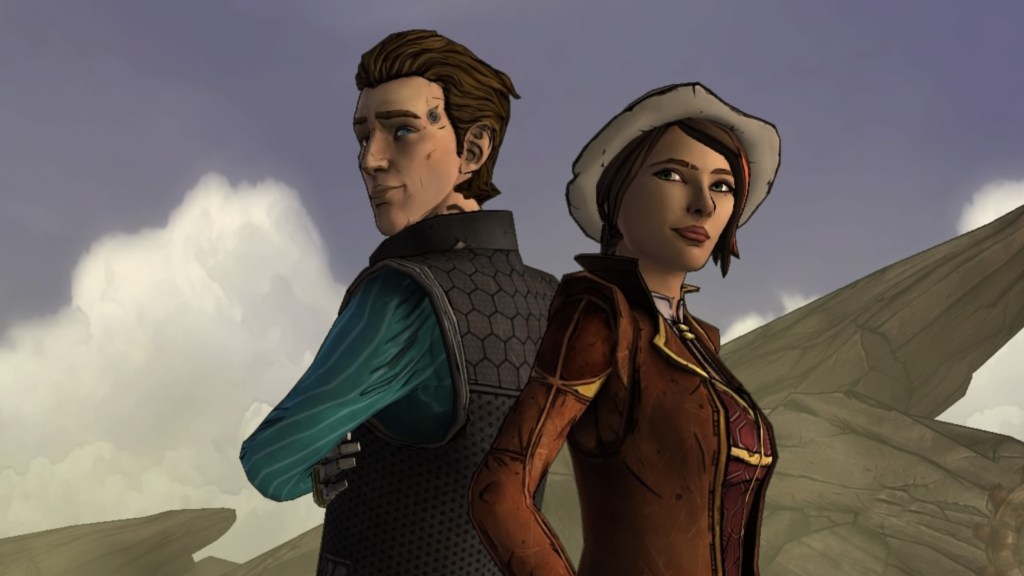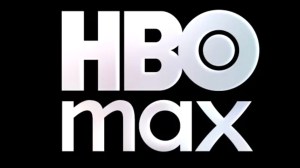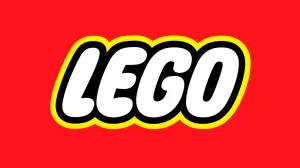11 years ago today, Telltale Games released a great story-driven game that any fan of Dispatch will love. Dispatch has been a terrific success for AdHoc, proving that narrative-driven and cinematically-minded titles still very much have a place in the modern gaming space. It’s been one of the best-reviewed games of the year and a deceptively complex title that’s easy to fall in love with.
Videos by ComicBook.com
It shouldn’t be surprising, then, to realize that some of the developers behind the game had previously established themselves at Telltale Games. The narrative-focused developer had plenty of great games over the years, but one of their best launched on November 25, 2014. Like Dispatch, it took a familiar kind of story and remixed it with humor and humanity that made it uniquely unforgettable. Especially for fans of Dispatch eager for another shift, Tales from the Borderlands is a must-play title.
Tales From The Borderlands Was A Highlight For Telltale Games

11 years ago today, Tales from the Borderlands was released — and still serves as a great example of why games like Dispatch can do so well today. Directed by Nick Herman, Jonathan Stauder, Ashley Ruhl, and Martin Montgomery, Tales from the Borderlands expands the loot-shooter FPS franchise from the perspective of a Hyperion middle manager and a con artist who inadvertently end up relying on one another to survive and thrive in the chaotic world of Pandora. While The Walking Dead series might be more famous and The Wolf Among Us was more critically acclaimed, Tales from the Borderlands was the best example of how the developer could take other IPs and make them their own.
While some QTE events force the player to draw a gun and take some precise shots, most of the game differs from Borderlands’ overarching gameplay approach by focusing instead on character interaction, detective work, and logical arguments. The biggest shoot-out in the game is all performed with finger guns between dorks at the Hypherion HQ, a silly and hilariously dramatic affair that speaks to the game’s subversive approach to video game storytelling tropes. Tales from the Borderlands is overall pretty hilarious, with a sense of humor that doesn’t just go for the shock value of the mainline games but incorporates relationship beats, sly pop-culture references, and terrific voice acting by a committed cast.
More than anything, Tales from the Borderlands uses its relative creative freedom to tell a unique and emotionally compelling story. The cast is all defined by their ruthless potential but human qualities, with lots of little decisions feeding into the player’s overall storyline and emotional arcs. It was one of the rare narrative-driven games that didn’t necessarily feel beholden to certain tones or franchise developments. Even though it featured characters from the Borderlands setting, it truly felt like a unique piece of that franchise’s lore instead of just a spin-off or side story.
The Themes, Morals, And Arcs Of Tales From The Borderlands Are Reflected In Dispatch

Dispatch and Tales from the Borderlands have a lot of thematic elements in common — which shouldn’t be too big of a surprise, given that Pierre Shorette was a major writer on both projects. Notably, both games approach very different worlds with similar human perspectives. Tales from the Borderlands embraces the grungy sci-fi aesthetic of Pandora to a fault, especially in contrast to the more pristine but artificial world of the Hyperion corporation. It explores a “dog-eat-dog” mentality that is just as fitting in the corporate world as it is in the muck of the wilds.
It forces the player to recognize whether or not that’s the direction they want to go, and if they want to become as ruthless as the world demands. Dispatch approaches the superhero genre in a similar way, forcing players to reckon with whether or not they believe in trying to be a traditional hero or if they can let their emotions play a more important part in their development. Romance storylines feel earned in both games, reflecting how an actual connection can grow between unexpected characters.
Twists and turns about the true nature of villainy and the importance of a human touch are reflected in the machinations of a digital Handsome Jack and the plans of Shroud, connecting the storylines of the two games in a clear and emotional way. Both games are critical of a broken system and showcase characters trying to evolve and change their lives. If you liked Dispatch, then there is a lot to love about Tales from the Borderlands.
What Dispatch Can Learn From Tales From the Borderlands

Dispatch has found a very receptive audience since it launched earlier this year, earning rave reviews and strong sales. While a follow-up hasn’t been formally announced, it wouldn’t be surprising to see a sequel enter development. However, it could learn a few things from Tales from the Borderlands — some of which it already seems to have adjusted for. Dispatch can end with some lingering plot threads open, but it closes out with a fairly conclusive and emotionally rewarding storyline. By contrast, Tales from the Borderlands ended on a purposefully ambiguous note that wasn’t properly addressed in the sequel, New Tales from the Borderlands.
After so much work investing in the cast of misfits at the center of the first game, it was much harder to fully jump into the sequel’s overall less compelling cast. A Dispatch sequel shouldn’t be afraid to incorporate new characters, but it also did such a great job with characterization that it would be a shame to lose the cast that gamers fell in love with in the first game. The heavy character focus is one of the main appeals of both games, so any future Dispatch story needs to bring those characters back. Dispatch‘s team-based strategy approach was a clever way to add new layers to the relatively tired “narrative game” game design, something that gives players more natural input on the plot while introducing mechanics that aren’t just quick-time events.
Tales from the Borderlands lacked that element, but made up for it with creative riffs on the space (like a death race colosseum battle, the aforementioned finger gun duel, and a finale mech battle that genuinely feels like a culmination of the game’s flexible plotline). Dispatch taking cues from that and incorporating plenty of character moments into it could breathe new life into the handful of QTE events that the game does force players through. More than anything, Dispatch should recognize the immediate fanbase it has earned itself and not let that slip away.
By the time New Tales from the Borderlands came out, the shine on the franchise as a whole had worn off a bit — on top of coming in the aftermath of Telltale Games and leaving a different team to take the reins of the sequel. AdHoc has something special with Dispatch, delivering the spiritual (if not literal) sequel to one of the best narrative/choice-driven games in years. They shouldn’t let it — and while fans wait for announcements about a potential second Dispatch, they should finally tackle Tales from the Borderlands or revisit it for a reminder about how good the most story-driven Borderlands game really is.








